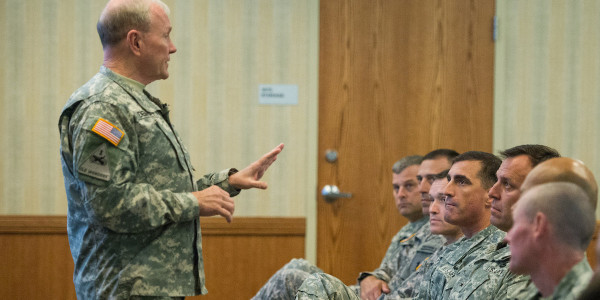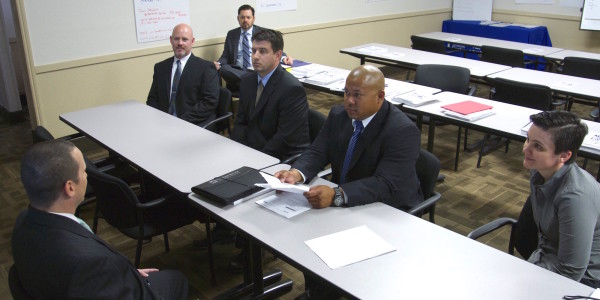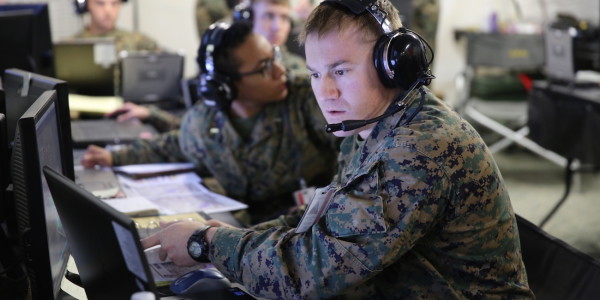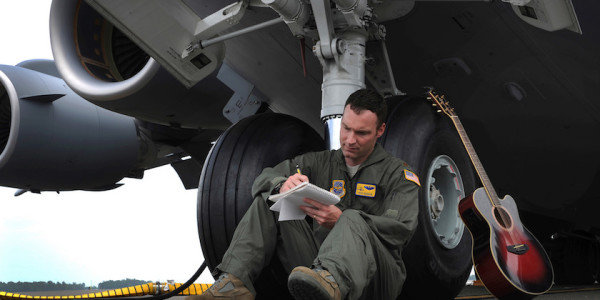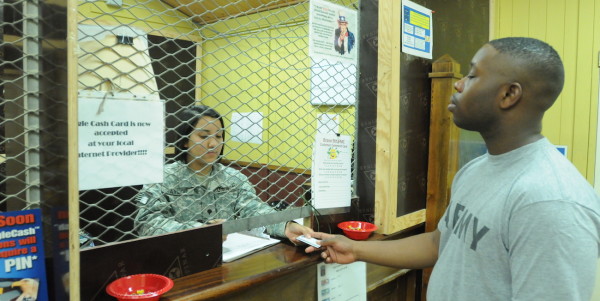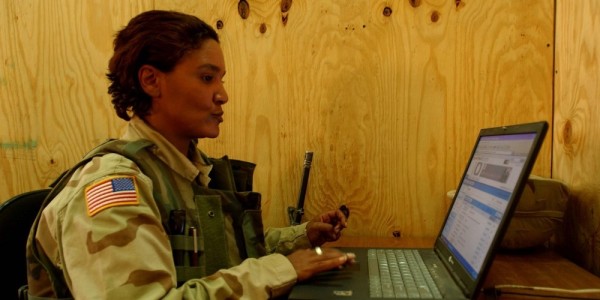Editor’s Note: This is the second part of a two-part series from the Chairman’s Office of Reintegration. Part one, “Do These 5 Things When Transitioning To Civilian Life,” can be read here.
While it is imperative that individual service members “take charge” of their transition back to civilian life, there is much that military leaders can do to ensure success in this process. There are five steps we recommend the immediate chain of command to consider to support successful transition and reintegration: hold transitioning service members responsible, hold leaders responsible, consider new options to support transitioning service members, recognize why it’s important to them, and recognize why it’s important to the all-volunteer force.
1. Leaders of those transitioning should make their expectations clear and emphasize the importance of individual planning.
Leaders should encourage service members in the transition process by holding them responsible for developing an individual transition plan. The Department of Defense’s Transition Assistance Program policy requires that every service member complete a standardized individual transition plan. This is an excellent tool that leaders can use to help their transitioning service members develop a viable plan.
Transition is also a commander’s responsibility. Don’t leave this leadership responsibility to your installation’s transition staff. Enable your subordinates’ future success in the civilian world by supervising their preparation to transition and reintegrate. Leaders should also be willing to give them the time to plan and execute their transition plan. We’ve heard leaders complain that they cannot afford to “lose” a transitioning service member a year out. In reality, the investment in time is minimal. Service members should start planning anywhere between 12–24 months out, but we recommend at least a year beforehand. The unit doesn’t “lose” a service member at this point. The service member simply reports to the installation transition office for pre-separation counseling. This takes a few hours, and provides service members with an understanding of the programs and services available during the transition process. Leaders should consider requiring a back-brief on the services and programs available and a personal timeline that identifies mandatory and optional steps in the process.
2. Leaders must certify transitioning service members as “career ready.”
The “capstone” portion of the new Transition Assistance Program program requires commanders or a commander’s designee to certify transitioning service members as “career ready,” having met the career readiness standards and having crafted an individual transition plan. If a service member is not yet ready, the commander is obligated to conduct a warm handover to an agency that can help the that individual meet the standards, which includes assistance from installation transition counselors, in addition to representatives from the Department of Veterans Affairs and the Department of Labor.
3. Leaders should consider allowing transitioning service members to attend civilian skill-training programs before transition.
Currently, civilian organizations offer various job training programs, apprenticeships, and internships at or nearby multiple military installations around the country. Though these programs require a chain of command to “give up” service members for the duration of the program, they receive training and special skills leading to immediate employment upon transition. We’ve seen units establish different methods to maintain accountability — daily PT with the unit, daily contact with a first-line supervisor — during the program. Though these programs often require a unit to “lose” a team member during the training period, they allow that person to leave the service and transition into a new, sustainable career. Units can also consider referring service members to civilian organizations that help them prepare for the transition process.
4. Leaders should recognize that a service member’s reintegration into the civilian sector can influence the rest of that person’s life.
Balancing unit demands with individual needs is always difficult, but proper planning and preparation for a successful transition can characterize the rest of the transitioning service member’s civilian career. Leaders should be quick to understand that these individuals need time to plan, rehearse, and ask for help. Some leaders may think a service member’s request for time to take advantage of optional transition programs or services is disloyal or selfish. On the contrary, investing in service members as they transition might save the DoD money, in terms of lower unemployment claims, and could potentially engender a sustained sense of loyalty to the organization, eventually helping to preserve our all-volunteer force.
5. Leaders should reinforce our military’s reputation as an organization that takes care of its own encourages the next generation to serve.
There aren’t many organizations that invest so much in those who are leaving. While it will always be difficult to balance mission requirements with the individual needs of someone preparing to depart the military, it remains important for us to realize that a short-term investment in our service members’ future secures the long-term success of our all-volunteer force. The mothers and fathers of tomorrow will be quick to recommend military service to their sons and daughters if they trust that they’ll be better for it.
